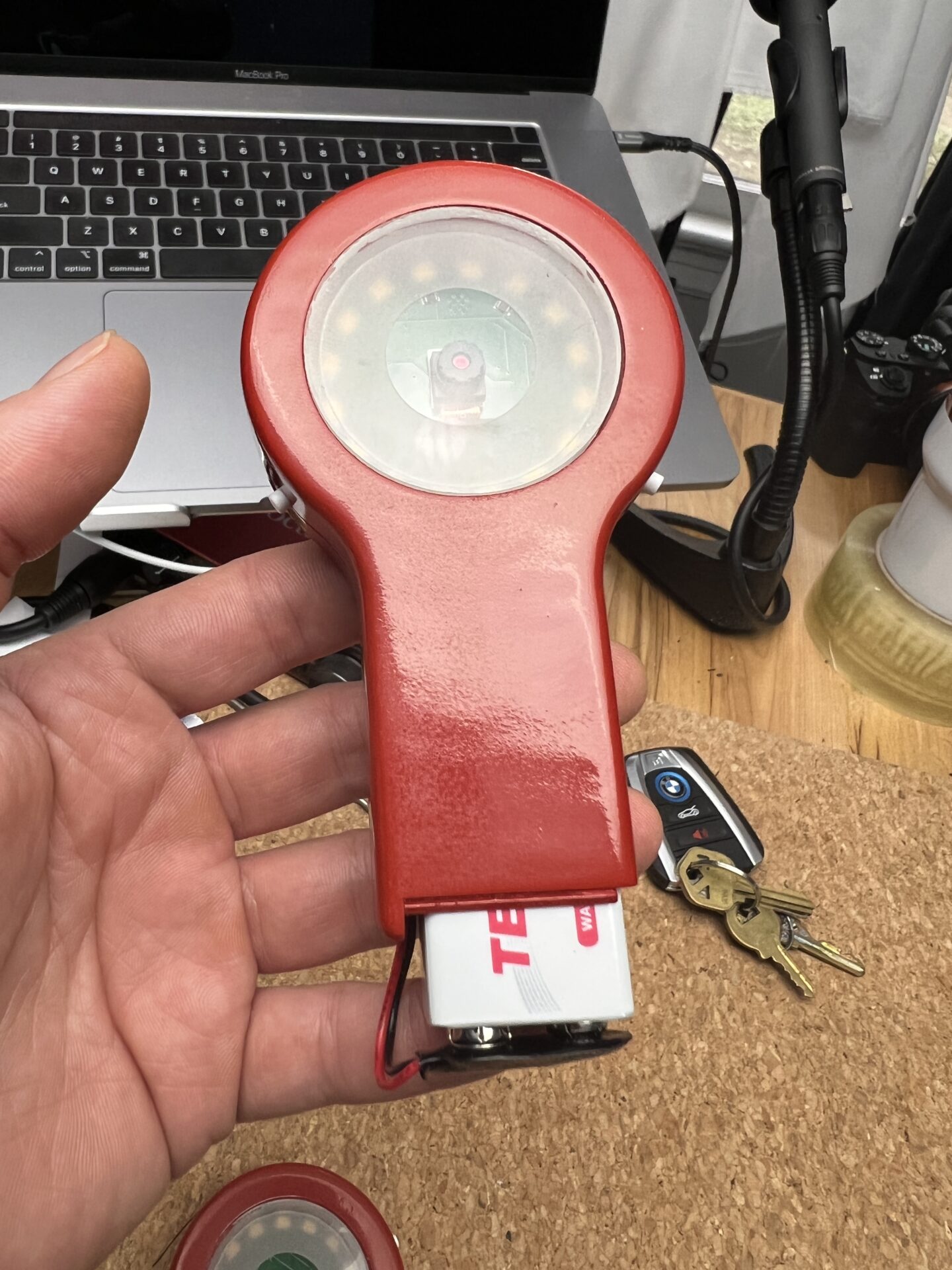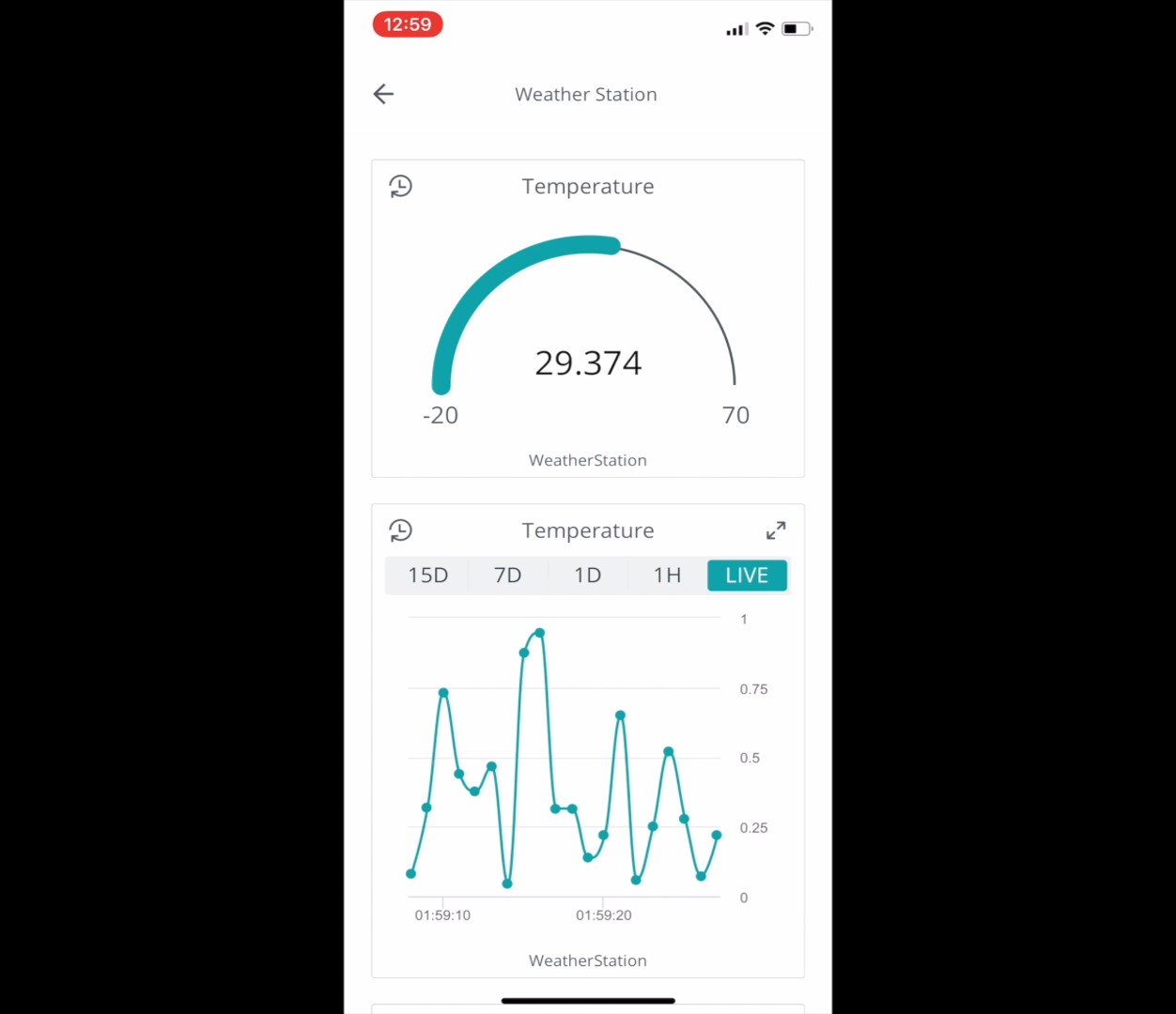Revolutionizing Connectivity: Your Ultimate Guide To IoT Remote Connection
Imagine this: you’re sitting on a beach in Bali, sipping a cold drink while the sun sets over the horizon. Meanwhile, back at your smart home, your thermostat adjusts automatically based on weather conditions, your security system is armed, and your refrigerator orders groceries when they’re running low. How does all of this happen? The answer lies in IoT remote connection. In today’s fast-paced world, being connected from anywhere isn’t just a luxury—it’s a necessity. Whether you’re managing industrial equipment, monitoring healthcare devices, or controlling household gadgets, the Internet of Things (IoT) has made it possible to stay in touch with everything that matters most.
But hold up, what exactly is IoT remote connection? Simply put, it’s the ability to access, monitor, and control IoT-enabled devices remotely via the internet. Think of it as giving your devices "superpowers" to communicate and collaborate without needing to be physically present. From smart cities to smart homes, IoT remote connection is transforming industries and everyday life in ways we couldn’t have imagined just a decade ago.
Now, before we dive deep into the nitty-gritty of IoT remote connection, let me ask you a question: have you ever wondered how these devices "talk" to each other across vast distances? Or how secure these connections really are? If you’re looking for answers to these questions and more, you’re in the right place. This guide will break down everything you need to know about IoT remote connection in simple terms, so even if you’re not a tech wizard, you’ll walk away feeling like one.
- Corrina Kopf Naked The Truth Behind The Clickbait And Sensationalism
- Livvy Dunne Nudes Separating Facts From Fiction In The Digital Age
What is IoT Remote Connection Anyway?
Let’s start with the basics. IoT remote connection refers to the process of establishing communication between IoT devices and users or systems through the internet, regardless of geographical location. These devices can range from simple sensors to complex machinery, and they all rely on networks like Wi-Fi, cellular, or satellite to function. It’s kind of like having a virtual assistant who keeps you updated on everything happening in your connected world.
Here’s why IoT remote connection is such a game-changer:
- Convenience: Access and control devices from anywhere, anytime.
- Efficiency: Automate tasks to save time and resources.
- Scalability: Expand your network as needed without physical limitations.
- Real-time Data: Get instant updates on device performance and status.
For example, imagine owning a fleet of delivery drones. With IoT remote connection, you can track their location, monitor battery levels, and adjust routes in real-time—all from the comfort of your office. Sounds pretty cool, right?
- Sabrina Banks Nude A Candid Look At The Hype Reality And Everything In Between
- Vanessa Marcil Nude The Untold Story And What You Need To Know
How Does IoT Remote Connection Work?
Alright, now let’s get technical—or at least semi-technical. IoT remote connection works by leveraging a combination of hardware, software, and network protocols. Here’s a quick rundown of the key components involved:
1. Sensors and Actuators
These are the building blocks of any IoT system. Sensors collect data from the environment, while actuators perform actions based on that data. For instance, a temperature sensor might detect a sudden drop in temperature, prompting an actuator to turn on a heater.
2. Gateway Devices
Think of gateways as the bridge between IoT devices and the cloud. They aggregate data from multiple sensors, process it, and send it to a central server for analysis. Gateways also ensure secure communication by encrypting data during transmission.
3. Cloud Platforms
This is where the magic happens. Cloud platforms store, analyze, and visualize data collected from IoT devices. They provide tools for developers to build custom applications and enable users to interact with their devices through web or mobile interfaces.
4. Network Protocols
IoT devices use various protocols to communicate with each other and the cloud. Some popular ones include MQTT (Message Queuing Telemetry Transport), CoAP (Constrained Application Protocol), and HTTP. Each protocol has its own strengths and weaknesses, depending on factors like bandwidth, latency, and power consumption.
So, how do all these pieces fit together? Let’s say you have a smart irrigation system for your garden. The soil moisture sensor detects dryness and sends a signal to the gateway. The gateway then forwards this information to the cloud platform, which triggers the actuator to activate the sprinklers. Voila! Your plants are watered without you lifting a finger.
Applications of IoT Remote Connection Across Industries
IoT remote connection isn’t just limited to smart homes. It’s revolutionizing industries across the board. Here are some examples:
Healthcare
Remote patient monitoring is becoming increasingly common thanks to IoT. Wearable devices like fitness trackers and smartwatches can collect vital signs such as heart rate, blood pressure, and sleep patterns. Doctors can access this data remotely to provide timely interventions and improve patient outcomes.
Manufacturing
In factories, IoT remote connection enables predictive maintenance. Machines equipped with sensors can alert operators when they’re due for servicing, reducing downtime and increasing productivity. Additionally, manufacturers can monitor production lines in real-time to identify bottlenecks and optimize workflows.
Agriculture
Smart farming relies heavily on IoT remote connection. Farmers can use drones and satellite imagery to monitor crop health, soil conditions, and weather patterns. This allows them to make data-driven decisions that maximize yield and minimize waste.
Transportation
Connected vehicles are another area where IoT shines. Fleet managers can track vehicle locations, fuel consumption, and driver behavior to enhance safety and efficiency. Autonomous cars, too, depend on IoT to navigate roads and avoid obstacles.
As you can see, IoT remote connection offers endless possibilities across different sectors. But with great power comes great responsibility—or in this case, security challenges.
Security Concerns in IoT Remote Connection
Let’s face it: with all the convenience IoT remote connection brings, there are also risks. Cybercriminals are constantly finding new ways to exploit vulnerabilities in IoT systems. Here are some common security concerns:
- Data Breaches: Sensitive information like personal health records or financial data could be stolen if not properly protected.
- Device Hijacking: Hackers can take control of IoT devices and use them for malicious purposes, such as launching DDoS attacks.
- Firmware Vulnerabilities: Outdated firmware can leave devices exposed to attacks.
- Network Exploits: Weak network configurations can allow unauthorized access to IoT devices.
To mitigate these risks, it’s crucial to implement robust security measures. This includes using strong passwords, enabling two-factor authentication, keeping firmware up-to-date, and encrypting data transmissions. Organizations should also conduct regular security audits and employee training to stay ahead of potential threats.
Best Practices for Implementing IoT Remote Connection
Now that we’ve covered the basics and potential pitfalls, let’s talk about best practices for implementing IoT remote connection:
Plan Carefully
Before diving headfirst into IoT, define your goals and assess your needs. What problems are you trying to solve? Which devices do you want to connect? Answering these questions will help you design a system that meets your specific requirements.
Choose the Right Technology
Not all IoT solutions are created equal. Select technologies that align with your budget, scalability needs, and technical expertise. Don’t forget to consider factors like power consumption, connectivity options, and compatibility with existing infrastructure.
Focus on User Experience
Even the most advanced IoT system is useless if it’s too complicated for users to operate. Design intuitive interfaces that make interacting with IoT devices a breeze. Provide clear instructions and support resources to help users get started.
Monitor and Optimize
Once your IoT system is up and running, keep an eye on its performance. Use analytics tools to identify areas for improvement and implement changes as needed. Regular maintenance will ensure your system remains reliable and efficient over time.
By following these best practices, you’ll set yourself up for success in the world of IoT remote connection.
Future Trends in IoT Remote Connection
Where is IoT remote connection headed? Here are some trends to watch out for:
5G Networks
The rollout of 5G promises faster speeds, lower latency, and higher device density, paving the way for more advanced IoT applications. Imagine drones delivering packages within minutes or self-driving cars navigating busy streets seamlessly.
Edge Computing
Instead of sending all data to the cloud, edge computing processes it closer to the source. This reduces latency and bandwidth usage, making it ideal for applications requiring real-time decision-making.
AI Integration
Artificial intelligence (AI) is increasingly being integrated into IoT systems to enhance predictive analytics and automation capabilities. For example, AI-powered chatbots can assist customers with IoT device troubleshooting.
Sustainability
As climate change becomes a growing concern, IoT is being used to promote sustainable practices. Smart grids, energy-efficient buildings, and waste management systems are just a few examples of how IoT is helping create a greener future.
These trends highlight the exciting possibilities that lie ahead for IoT remote connection. The only question is: are you ready to embrace them?
Real-Life Success Stories
Enough theory—let’s look at some real-world examples of IoT remote connection in action:
Amazon’s Alexa
Who doesn’t love Alexa? This voice-activated assistant uses IoT to control smart home devices, play music, set reminders, and much more. Its success has sparked a wave of innovation in the smart home market.
Siemens Gamesa
This wind turbine manufacturer uses IoT remote connection to monitor and maintain its turbines. By collecting data on wind speed, rotor speed, and other parameters, Siemens Gamesa can optimize energy production and reduce maintenance costs.
John Deere
John Deere’s precision agriculture solutions leverage IoT to help farmers increase yields and conserve resources. Their connected tractors and equipment provide insights on soil conditions, planting patterns, and harvest predictions.
These success stories demonstrate the transformative power of IoT remote connection in diverse industries.
Conclusion: Embrace the Future of Connectivity
In conclusion, IoT remote connection is no longer a futuristic concept—it’s a reality that’s shaping our world today. From enhancing convenience in our daily lives to driving innovation in industries, the possibilities are endless. However, it’s essential to approach IoT with caution, prioritizing security and user experience.
So, are you ready to join the IoT revolution? Leave a comment below and share your thoughts on how IoT remote connection is impacting your life or business. Don’t forget to check out our other articles for more insights on cutting-edge technologies. Together, let’s build a smarter, more connected future!
Table of Contents
- What is IoT Remote Connection Anyway?
- How Does IoT Remote Connection Work?
- Applications of IoT Remote Connection Across Industries
- Security Concerns in IoT Remote Connection
- Best Practices for Implementing IoT Remote Connection
- Future Trends in IoT Remote Connection
- Real-Life Success Stories
- Conclusion: Embrace the Future of Connectivity



Detail Author:
- Name : Jada Padberg
- Username : erna37
- Email : jayme83@gmail.com
- Birthdate : 1975-06-25
- Address : 697 Hegmann Bypass Suite 734 Lake Ona, NV 25796-7430
- Phone : +1.341.340.0625
- Company : Lockman LLC
- Job : Payroll Clerk
- Bio : Ut repudiandae perferendis et dolorem. Velit nisi sapiente velit omnis. Magnam rerum voluptatem est ut. Nihil minus voluptas aut velit assumenda nihil quo.
Socials
tiktok:
- url : https://tiktok.com/@adella_xx
- username : adella_xx
- bio : Fugit occaecati tempora repellendus ipsa ut. Facere nam exercitationem et est.
- followers : 5728
- following : 723
instagram:
- url : https://instagram.com/adella9154
- username : adella9154
- bio : Quisquam repellendus voluptatem recusandae. Sit officia nihil voluptatem eum.
- followers : 2166
- following : 2791